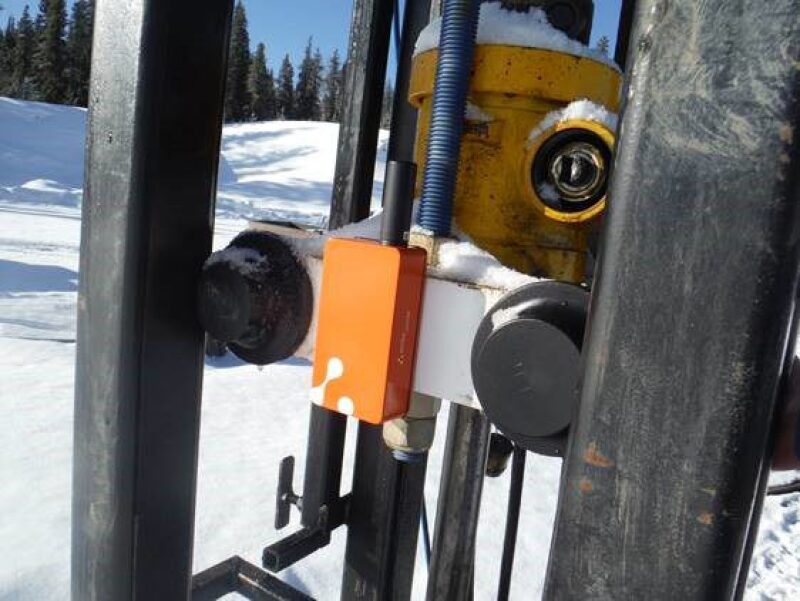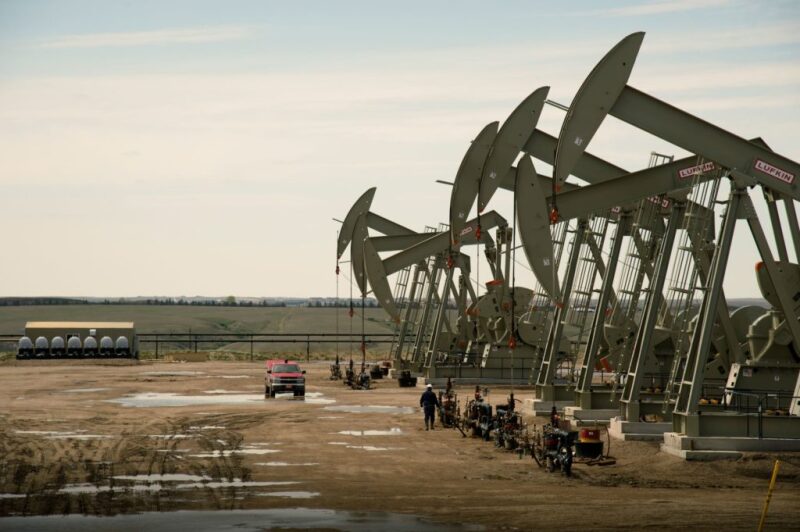In the face of leaner economic times, oil and gas companies want to be able to boost well counts while minimizing any new additions to their field workforce.
Among the companies answering this call is Ambyint, which was just tapped to deploy its artificial intelligence (AI) systems to help optimize all of Equinor’s Bakken Shale wells running on sucker rod pumps—the oilfield’s most common breed of artificial lift.
Announced last week, the deal is understood to be one of Ambyint’s largest contracts to date. Specific numbers have not been shared, but public data shows that Equinor operates more than 800 wells in North Dakota. Ambyint, which is headquartered in Calgary and has an office in Houston, said the project scope may eventually include all of the Norwegian-owned operator’s horizontal wells in the state as they transition to rod pump.
The large-scale upgrade marks another milestone in the evolution of oilfield automation that for decades has been defined by a nearly-ubiquitous reliance on SCADA (supervisory control and data acquisition) systems.
One of the drawbacks of the status quo is that it requires small armies of field personnel to interpret SCADA data and then adjust set-points to get pumping units back into optimal operating ranges. This manual process can consume half-an-hour per well to complete; downtime that quickly adds up in a field of hundreds.
“What we are talking about is having the machine do that entire workflow,” Chris Robart, Ambyint’s president of US operations said.
By equipping wells with its cloud-based AI and edge computing technology, and an application the company calls an autonomous set-point management system, the man-hours once spent re-setting pumps can hopefully be reallocated to other bottom-line drivers. “We are freeing up individuals to go do other things, like think about new technology, troubleshoot failed equipment, deal with workovers, or new well designs,” Robart added.
Pilot Hits the Mark for Equinor
The Bakken project comes after a pilot that included 50 of Equinor’s wells, which saw a net production increase of 6%—considerably larger uplift figures were seen from those wells suffering from under-pumping.
The encouraging results were realized with zero shut downs in production and minimal “human interference,” according to the companies, and will be presented in detail by Equinor at the upcoming SPE Artificial Lift Conference and Exhibition in The Woodlands, Texas.
“The Ambyint technology has improved the remote data visibility and has delivered a more accurate diagnostic of downhole conditions to our rod pump wells in the Bakken,” a production engineer for Equinor’s Bakken asset, Jack Freeman, said in a statement. “The autonomous speed range management tool has leveraged the power of machine learning to optimize our wells by identifying and acting on real opportunities”
Last year, Ambyint’s Series A funding round raised $11.5 million from several venture capital groups including Equinor Technology Ventures (formerly known as Statoil Technology Invest).

Uplifting Turnaround for Under-Pumped Wells
The 6% improvement in overall production seen during the pilot can be broken down by Ambyint’s ability to address rod lift’s two main dysfunction categories: under pumping, and over pumping.
Under pumping is when the rod system is simply moving too slowly to match the reservoir’s inflow of fluids, which means both product and profits are being left in the ground. After being optimized by Ambyint, these wells saw a 33% increase in production, proving to be the lowest hanging fruit of the pilot.
Over-pumped wells do just the opposite, and draw too hard compared to inflow. Consequences of this include damage to the lift system, or if they have pump-off devices, the lift systems will automatically shut down to prevent such damage.
With AI governing the process, the goal for these over-pumped wells is to keep them flowing without leading to the volatility that can damage artificial lift units. Though no significant production increases were seen from these wells, it was maintained at normal rates with 11% fewer stroke cycles, and an overall increase of 14% in pump efficiency.
This most recent work with Equinor builds upon years of Ambyint’s field deployments with several other oil and gas producers in the US and Canada. It also shows a growing embrace of the concept of edge computing, which marks a distinct turn from how the vast majority of oilfield assets operate today.
Robart noted that artificial lift systems using SCADA typically poll data once every 30 minutes, which he explained, “is nowhere near enough data for data science to be effective.” And even if those traditional sampling rates were ramped up, operators would likely exceed their well-economics by doing so, thanks to the high-cost of transmitting field data back to central facilities over cellular and radio networks.
Ambyint’s edge devices, and a number of competing systems, try solve for both of these issues by ingesting and analyzing pump data every couple of seconds (sometimes milliseconds) on site. This gives the embedded machine learning models a much higher-resolution data set to work with, while also allowing operators to significantly reduce the costly data transmissions needed to refine the models up in the cloud.
Learn more by registering now for SPE’s Artificial Lift Conference and Exhibition, 28-30 August 2018 at The Woodlands Waterway Marriott and Convention Center in The Woodlands, Texas, USA.
SPE Paper 190955, Enabling Autonomous Well Optimization Using IoT-Enabled Devices and Machine Learning in Bakken Horizontal Wells, mentioned in this article, will be presented at 14:00 on 29 August.


